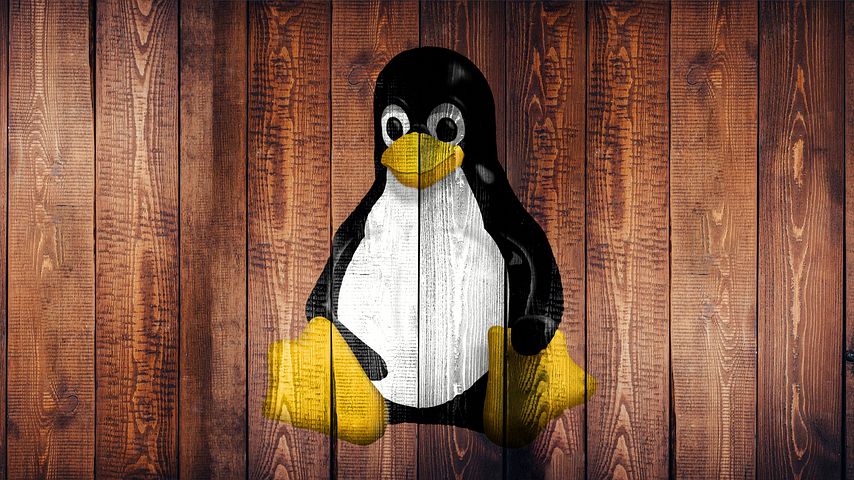Red Hat Enterprise Linux 8.5 已正式发布。此版本带来了许多新功能和改进,帮助简化部署、优化性能并降低环境中的风险。
Red Hat Enterprise Linux 8.5 has been officially released. This version brings many new features and improvements to help simplify deployment, optimize performance, and reduce risks in the environment.
Linux container improvements in RHEL 8.5
RHEL 8.5 continues the tradition of providing new features and improvements for running Linux containers. The tools brought by this version increase flexibility and reduce the inconvenience of running Podman in a wider environment.
Containerized Podman-The RHEL 8 Podman container image (rhel8/podman) is now officially released, which can help unlock the use of Podman on cloud CI/CD systems, WSL2 on Windows, Docker Desktop on macOS, and RHEL 6, 7 and 8 . Developers can also use Podman container images to help develop and run other container images.
By default, the signature of the container image is verified-in RHEL 8.5, the user can pull the container image with confidence. RHEL 8.5 provides out-of-the-box check container image signatures to verify that they are actually from Red Hat and have not been tampered with or manipulated.
Native OverlayFS as a Rootless container user-RHEL 8.5 provides better performance when building and running a Rootless container, and provides native support for OverlayFS.
RHEL 8.5: Easier to manage and deploy
This release continues to focus on simplifying and improving methods for managing and deploying RHEL. RHEL 8.5 introduces many automation and management tools to automate manual tasks, standardize large-scale deployments, and simplify the daily management of its systems.
Enhanced Web console performance indicators-help identify performance issues. Whether you want to identify CPU, disk, or network performance issues, the enhanced indicators provided in the RHEL 8.5 Web console can help solve the problem. In addition, it is easier to export indicator information to the Grafana server.
Ansible module for hardware management-In RHEL 8.5, users can use Ansible to manage the settings of the Intelligent Platform Management Interface (IPMI), such as the power status of the system and the boot sequence of devices.
System roles for VPN and Postfix-You can use system roles to reduce the time required to set up VPN and Postfix.
Part of the management system is to deal with security and policy compliance. To this end, RHEL 8.5 has many features that can help manage security and compliance when deploying new systems or managing existing infrastructure.
SQL Server feature enhancements
Users running Microsoft SQL Server on RHEL will see many enhanced features to help configure, manage, and operate RHEL more effectively.
RHEL system role for Microsoft SQL Server-available for RHEL 8.5. This system role allows IT administrators and DBAs to install, configure, and adjust SQL Server faster in an automated manner.
SQL Server Evaluation API for Red Hat Insights-Helps provide the best user experience for system and database administrators by providing information from Microsoft's SQL Server Evaluation API. It helps to provide best practices from Microsoft to evaluate the configuration of SQL Server and provide users with the ability to fix problems found through the API.
Support for developers and applications
In the final analysis, RHEL is used to run users' applications and infrastructure. As a solid foundation for building and running next-generation applications, RHEL 8.5 supports OpenJDK 17 and .NET 6.
See the what's new page and release note for details.
https://www.redhat.com/en/blog/whats-new-rhel-85
https://access.redhat.com/documentation/en-us/red_hat_enterprise_linux/8/html/8.5_release_notes/index
RHEL 8.5 中的 Linux 容器改进
RHEL 8.5 延续了为运行 Linux 容器提供新功能和改进的传统。此版本带来的工具增加了灵活性,减少在更广泛的环境中运行 Podman 产生的不便之处。
容器化 Podman - RHEL 8 Podman 容器镜像 (rhel8/podman) 现已正式发布,可帮助解锁 Podman 在云 CI/CD 系统、Windows 上的 WSL2、macOS 上的 Docker Desktop 以及 RHEL 6、7 和 8 上的使用。开发者也可以使用 Podman 容器镜像来帮助开发和运行其他容器镜像。
默认情况下验证容器镜像签名-在 RHEL 8.5 中,用户可以信任地拉取容器镜像。RHEL 8.5 提供了开箱即用的检查容器镜像签名功能,以验证它们实际上来自 Red Hat 并且未被篡改或操纵。
作为 Rootless container 用户的原生 OverlayFS - RHEL 8.5 在构建和运行 Rootless container 时提供了更好的性能,并提供了对 OverlayFS 的原生支持。
RHEL 8.5:更易于管理和部署
此版本继续专注于简化和改进管理和部署 RHEL 的方法。RHEL 8.5 引入了许多自动化和管理工具来自动执行手动任务、标准化大规模部署并简化其系统的日常管理。
增强的 Web 控制台性能指标- 有助于识别性能问题。无论是要确定 CPU、磁盘还是网络性能问题,RHEL 8.5 Web 控制台中提供的增强指标都可以帮助解决问题。此外,还可以更轻松地将指标信息导出到 Grafana 服务器。
用于硬件管理的 Ansible 模块- 在 RHEL 8.5 中,用户可以使用 Ansible 来管理智能平台管理接口 (IPMI) 的设置,例如系统的电源状态和设备的引导顺序。
VPN 和 Postfix 的系统角色 - 可以使用系统角色减少设置 VPN 和 Postfix 所需的时间。
管理系统的一部分是处理安全性和策略合规性。为此,RHEL 8.5 具有许多功能,可在部署新系统或管理现有基础架构时帮助管理安全性和合规性。
SQL Server 功能增强
在 RHEL 上运行 Microsoft SQL Server 的用户将看到许多增强的功能,帮助更有效地配置、管理和操作 RHEL。
Microsoft SQL Server 的 RHEL 系统角色 - 可用于 RHEL 8.5。此系统角色允许 IT 管理员和 DBA 以自动化方式更快地安装、配置和调整 SQL Server。
用于 Red Hat Insights 的 SQL Server 评估 API - 通过提供来自 Microsoft 的 SQL Server 评估 API 的信息,帮助为系统和数据库管理员提供最佳用户体验。它有助于提供来自 Microsoft 的最佳实践来评估 SQL Server 的配置,并为用户提供针对通过 API 发现的问题进行修复的功能。
对开发者和应用程序的支持
归根结底,RHEL 用于运行用户的应用程序和基础架构。作为构建和运行下一代应用程序的坚实基础,RHEL 8.5 支持 OpenJDK 17 和 .NET 6。
详情查看 what's new 页面和 release note。
https://www.redhat.com/en/blog/whats-new-rhel-85
https://access.redhat.com/documentation/en-us/red_hat_enterprise_linux/8/html/8.5_release_notes/index
